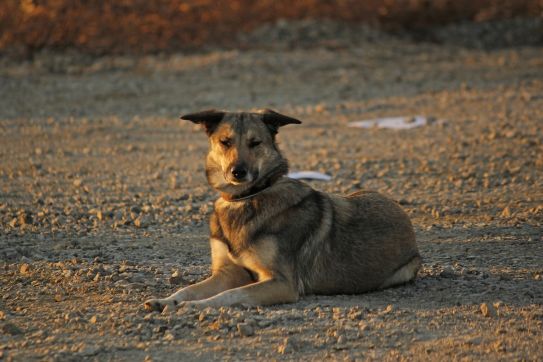How Are Army Dogs Trained?
Ever wondered how army dogs are trained? What the process of army dog training looks like, and what distinguishes a normal dog from an army-trained dog? For starters, they are more disciplined, but this is the case for all things military! One thing for sure is that army dog training is no piece of cake: if you’ve ever trained your dog before, keep in mind that this is more advanced, with more factors to consider and more steps to follow. But, fret not for it is not impossible. In fact, army dog training is not as daunting as it sounds.

Army Dog Training: Is It For All Dogs?
Even though there’s no single breed of dogs trained in the military, it cannot be ignored that certain breeds are commonly found- such as German Shepherds, Pit Bulls, and Belgian Malinois. These dogs are smart, intuitive, sensitive, and have very high play drives, which makes the high-intensity training ideal for them. Keep in mind, however, that taking up army dog training for your dog and pulling it off successfully is not only setting high standards for your dog but a reflection upon you as a trainer. In this article, let’s talk about certain things to keep in mind while considering army dog training.
Start With The Basics
Even with army dog training, start from the beginning. Teach them obedience commands like sit, down, heel, and stay- the four most vital commands to teach any dog. Army dog training of course requires you to teach the dog with verbal and gestural cues. If your dog responds to your voice commands, try using your hand signals to do the same and see how quickly they pick it up.
Generalizing Your Commands
Now that you’ve trained your dog a few more than just the 4 basic commands, try generalization: a very effective method of army dog training. This helps them use the same command, only in different circumstances. For example, if a dog can balance something on her head, see if she’ll do the same thing with another object, using the same command. This is how generalization works. Keep in mind that generalization will not be picked up with ease by all breeds. Keep at it and they’ll eventually pick it up.
Bring In Distractions
After you feel that your dog has mastered basic and complicated tricks, it is now time to test him/her. Try adding a few distractions into the mix and see how proficient they are at picking them up. These distractions could be an external sound, smell, or stimulus. A good idea would be to throw a ball or toy at them while giving a basic command and see how they respond. It’s important for them to adapt, but don’t bring in a threatening environment for them, either. Always remember that patience is key: a virtue that all trainers/teachers/instructors must-have.
Practice Is Key
Remember to be consistent with army dog training. You cannot pick it up for a week or two and then leave it be. This will confuse your dog. Keep practicing, even if it’s just a few minutes a day. How much training your dog requires depends on your dog’s behavior and capabilities. For instance, a Shih Tzu would not perform as efficiently as a German Shepherd. Do not push them beyond their limits, but take the time to train them regularly. Some people say 4 hours a week is the right amount of time.
Use Of Positive Reinforcements
This is the case with any form of dog training, but with army dog training, it is especially important to appreciate their wins, as the level of training is higher. It is important not to depreciate the value of high achievements either. For instance, if your dog is crazy about the liver, make sure only to give it to them when they achieve something exceptional. You don’t want them to have it for smaller wins because this depreciates the value of the reinforcement.
Socialization Helps
Lastly, build up your dog’s confidence by bringing them into new environments and watch them socialize with other dogs. This is an important part of army dog training as well, even though it would seem unlikely. This helps your dog work well around strangers and other dogs as well.

Leave a Reply